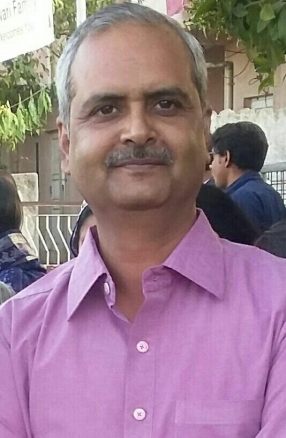/regions/sehore
Sehore
A watered-down scheme
Posted on 16 Feb, 2017 12:25 PMIn November 2011, the government of Madhya Pradesh sanctioned Rs 493 crore to 37 Urban Local Bodies (ULB) for drinking water supply projects under the Chief Minister’s Urban Drinking Water Supply Scheme (CMUWSS) along the lines of the Urban Infrastructure Development Scheme for Small and Medium Towns (UIDSSMT).

Notes from Swachh Madhya Pradesh campaign
Posted on 21 Aug, 2016 09:56 PM Ajit Tiwari is Deputy Commissioner, Swachh Bharat Mission, Madhy
Ajit Tiwari is Deputy Commissioner, Swachh Bharat Mission, Madhy

App way to track toilet demand
Posted on 22 Jul, 2016 09:22 PMAs part of its efforts to promote rural sanitation, the government, under the Swachh Bharat Mission (SBM), promises a subsidy of Rs 12,000 for the construction of individual household toilets. Households that fall in the below poverty line (BPL) category and select households such as those belonging to SCs/STs and the ones headed by women can avail of this subsidy amount.

Small MP village inspires neighbours
Posted on 01 Dec, 2013 08:31 PMThe 200 odd residents of Didakhedi, a sleepy village just 13 kms from Sehore town in Madhya Pradesh, never had adequate water. Two decades ago, most of the farming in the village was done during the monsoons. The village had no electricity and a lone diesel pump operated the shallow dug wells to irrigate some lands during the winter.
